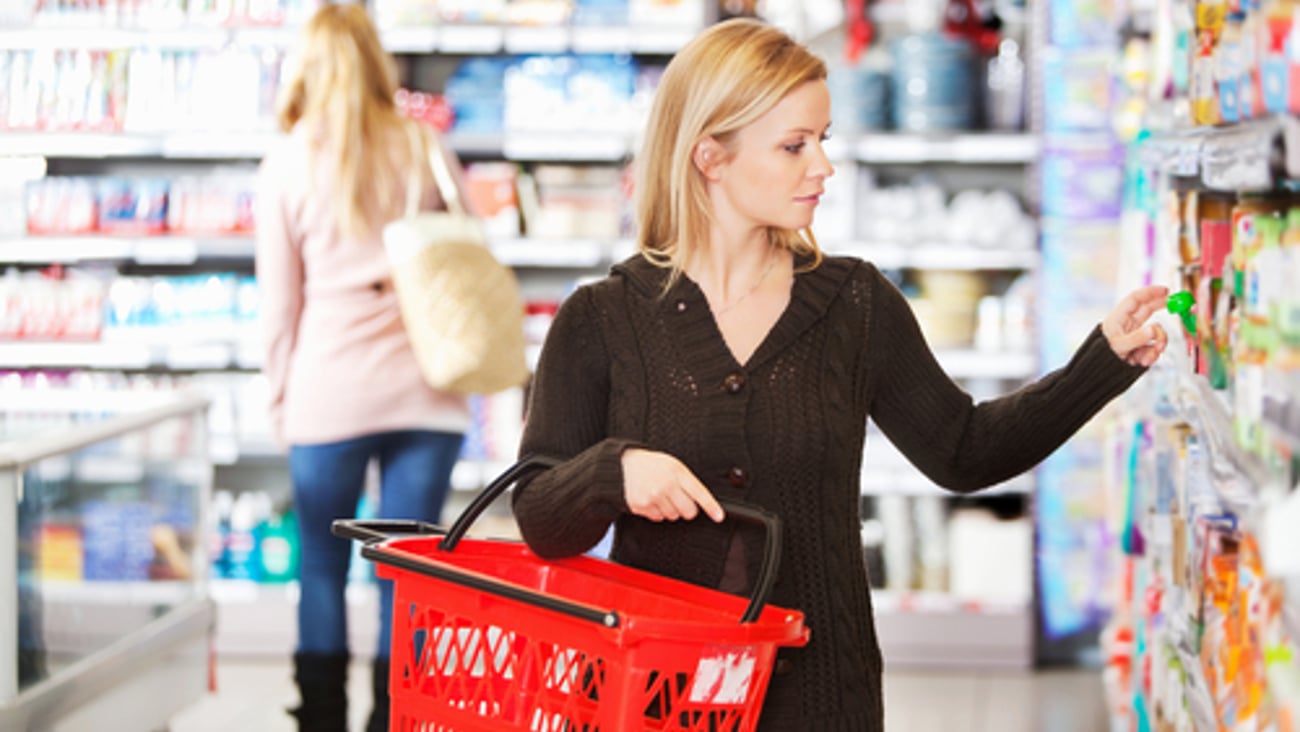Triggering innovation at the c-store level
Convenience and gas stores are predominantly known for, well, their on-the-go ease and speed. They are the perfect fit for filling up the gas tank and grabbing a quick bite to eat.
However, restrictions on daily movement patterns, coupled with the migration of consumption habits to the home environment, have significantly diminished the need for portable away from home solutions (-31% versus 2020).
Further, increased pantry-loading and stock-piling behaviours have transformed how consumers define convenience. Easy eating experiences are increasingly spurred by on-hand meal and snack solutions.
As the world begins its slow pivot through the COVID-19 transition period towards a post-pandemic environment, it’s clear that the period of lockdown will have a profound impact on how people eat, drink and shop for years to come.
Given shifting needs and habits, as well as the acceleration and intensification of evolving trends shaping past behaviours, it is critical that stakeholders in the C&G industry explore change triggers and tensions to not only remain relevant in an increasingly competitive retail landscape, but also to align channel experience with evolving consumer needs.
Innovation triggers for future exploration could include the following.
- Quick and easy meals
The return to traditional meal regimes has resulted in a greater share of Canadians engaging in daily preparation and cooking activities. Fewer meals are also being skipped. Though scratch cooking habits have receded since early days of self-isolation, an increasing share of meal preparers continue to look for low preparation, time effective meal solutions that are delicious, healthy and delight household members.
Consider the rising appeal of fresh meal kits and their fit to the channel. More than one in 10 dinner meals (14%) are prepared using meal kits. There is also opportunity to co-create chef-inspired kits with celebrity chefs and local restaurants to augment quality and sophistication perception of offers.
- Foodservice facelift
Upgrading foodservice programs and partnerships should be a priority to help re-ignite traffic and restore visit frequency to pre-pandemic levels. Ipsos Foodservice Monitor (FSM) reports that weekly foodservice incidence has rebounded 40.4% versus the initial lockdown period in March 2020. However, as lockdown habits linger, it will be an uphill climb for some time to fully re-establish traffic rates.
Consider menu innovation targeted to specific dayparts to encourage visits at multiple points throughout the day. Additionally, branded reward/loyalty programs that incentivize repeat visits can be key to increasing trip frequency.
- Embrace digitization
The accelerated prioritization of contactless access—ranging from online shopping to curbside pickup, drive-thru and delivery—has been key to meeting needs given movement restrictions.
Ipsos FIVE behavioural tracking shows that individuals using online retail channels to source foods and beverages has increased considerably versus the pre-pandemic period (+55%). Similarly, FSM details notable increases in foodservice pickup, drive-thru and delivery channels.
Consider implementing contactless solutions (accessible by digital apps) for curbside or ‘pumpside’ pickup targeted to hurried customers or those who remain uncertain and fearful of venturing out.
- Freshen up
C&G stakeholders have long been involved in discussions over expanding shelf sets to include fresh produce. While consumption of fresh fruits and vegetables is on the rise (+9% versus 2020), understandably, concerns about waste have left many unwilling to bet on the viability of such a move.
However, it should be noted that consumers have, over the past year, increasingly opted for shelf-stable, packaged goods. There is, in fact, a centre of store revival underway.
Given these habits, there are a variety of innovative ways to spark fresh perceptions.
Consider promotional activities that prominently feature ‘freshest packaged goods’ by promoting required best-before-date labels on front of packages. Further, addressing product make-up concerns with clean label conversations will help ease freshness tensions.
- Modern comfort
In 2021, cocooning home choices were met by comfort noshing. FIVE reports that comfort, taste, treat, happiness and positivity as drivers of choice all increased by double digits during the lockdown.
Keep in mind that, for younger generations, modern day “comfort” transcends solely focusing on traditional indulgent categories and brands.
These consumers, often from diverse and multicultural backgrounds, grew up eating and drinking a wider variety of options that make them feel good.
Consider a wider range of foods that comfort Gen Z (14-24), which could include, sushi, ramen, baby carrots, tacos and avocados, in tandem with traditional favourites, like potato chips, chocolate and ice cream.
- Align values
Finally, the rising prioritization of transparency in evaluating how authentically committed retailers and their partners are to environmental, social and governance practices provides unique innovation platforms to realign values with these new focus areas.
FIVE data reveals that 78% of Canadian adults report being strongly influenced by a variety of efficacy factors—from product provenance to environmental impacts—with strongest development among consumers under age 40.
As we gradually lift lockdown restrictions, those in the C&G industry can use this transition period to assess innovation potential. Change will be key to future success, particularly for those whose innovation is sparked by a commitment to better meet the needs, wants and values of consumers.
This article originally appeared in September/October 2021 issue of Convenience Store News Canada.





